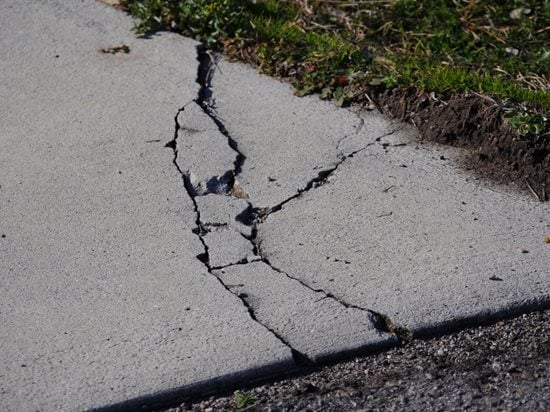There are several options for driveway repair. The cost depends on the type of material used. For example, a natural cobblestone driveway may only require replacing cracking pavers. On the other hand, a concrete driveway may require resurfacing or resealing. If you’re unsure of the best course of action, consult a professional at Visit Website.
Infrared asphalt repair for driveways involves heating the asphalt to a high temperature, which makes the surface smoother and less prone to cracks. It also involves compacting the edges, which prevents water from penetrating the asphalt. The entire process generally takes about 7-10 minutes.
Infrared asphalt repair is not a cheap procedure, but it is very effective and environmentally friendly. It uses very little energy and does not disturb surrounding surfaces and existing asphalt surfaces. It also does not cause any noise pollution or damage to other subsurfaces. It is ideal for sealing small cracks and is also effective in fixing potholes and divots.
Infrared asphalt repair is less disruptive than other methods of asphalt repair. It does not require digging and does not cause any damage to nearby plants. In contrast, asphalt milling and resurfacing involve grinding down the top layer of asphalt and adding a new smooth layer over it. This method is less costly, but it is not ideal if there are large cracks or ruts. Infrared asphalt repair is more effective if there is good asphalt beneath the damaged area.
Infrared asphalt repair is best for a temporary fix, such as potholes. This method is also effective in repairing asphalt pavement that has been damaged by poor drainage. It is also useful for bonding speed bumps to the existing pavement. Unlike conventional asphalt repair, an infrared repair can be applied to multiple surfaces and even multiple underlying areas. But it cannot be used for every type of asphalt repair. There are a few limitations, but infrared asphalt repair is an excellent solution for certain kinds of asphalt problems.
The patching compound is used to repair cracks in an asphalt driveway. The compound fills in cracks without using hot asphalt. The amount you need depends on the size of the crack. Crack filler comes in handy cartridges or as a pre-mixed, pre-measured mix. Asphalt cold patch is available in bags.
Before applying the patching compound, mix a little thinner cement mixture to create a primer for the crack. Once applied, use a putty knife to pack the patch into the crack and smooth it with a concrete-finishing trowel. This will blend the patch into the surrounding surface.
Another option for driveway repair is to mix up a mixture of linseed oil and mineral spirits, which are inexpensive. They are also easy to apply and can bond to most concrete surfaces. In fact, they can even bond to bricks, blocks, and masonry. If you’re in a hurry to repair your driveway, you may want to choose a pre-mixed patch. It’s easy to apply and dries quickly, which will save you time and money.
After applying the patching compound, you should seal the area around the crack. Once the patch has cured, you can now seal the driveway with asphalt sealant. Apply the sealant by following the manufacturer’s directions. This can help protect your patch until your next driveway maintenance is complete. You’ll want to make sure to thoroughly clean the area where the patch is located, as it’s likely to remain tacky and sticky while curing.
Different types of patching compounds can have different drying times. Some require three minutes to set, while others may take up to 24 hours. To determine which type is right for your situation, you should refer to the instructions on the packaging of the compound. It’s also important to follow manufacturer guidelines because some compounds work better under specific temperatures.
If you need to repair a cracked driveway, sealing it is the ideal solution. The sealant is self-leveling, so you don’t need to worry about uneven patches. It can be applied with a sprayer or a squeegee. However, you must pay close attention to pressure while applying the product. If you apply too much pressure, the sealant may squeeze over the squeegee, while too little pressure could result in an uneven layer. In addition, you can pause periodically and paint the edges.
Seal coating will extend the life of your driveway or parking lot by protecting it from fading and cracking. It also creates an attractive uniform layer over the pavement. Whether you opt for a professional seal coat application or do it yourself, the process is easy. Seal coating is a cost-effective method of repairing and resurfacing pavement.
